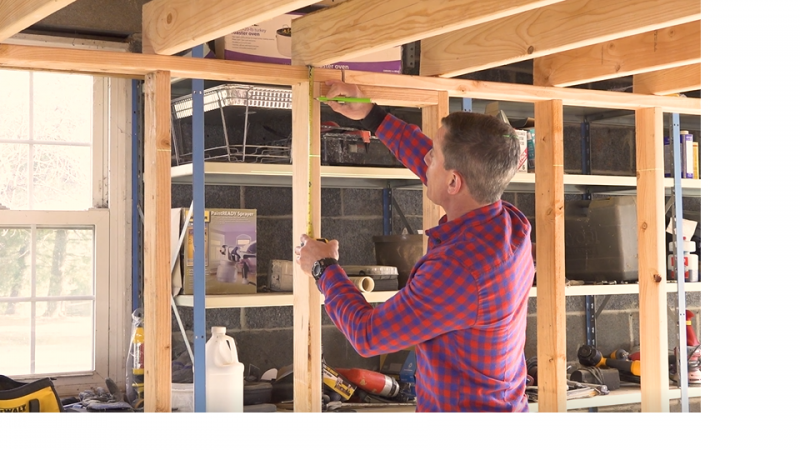
Question about a sinking house
So, I’ve got a sinking feeling. I’m in a townhouse, in the middle of a group, and it was built about 35 years ago. When I place furniture along either of the adjoining walls, it leans in towards the middle of the house.
It’s pretty noticeable to me but I‘m not sure if it’s really bad problem or not. I have to wedge the furniture with thick cardboard to keep it level. And it’s more pronounced on the top floor than the middle floor.
–Dave from Baltimore
Here’s our discussion with Dave on MyFixitUpLife radio show
Mark and Theresa talked with Dave on MyFixitUpLife radio show, and here is what we learned about Dave’s situation.
MARK/THERESA: It sounds like there’s something going on with the structure of your house. Let’s see if we can zero in on this. Do you have a beam running across your basement ceiling?
DAVE: Yes, I have metal I-beam going across the width of the house.
MARK/THERESA: Ok. And can you see over the top of the beam, and are there joists running from the front of the house to the back?
DAVE: Yes.
MARK/THERESA: And they’re bridged across that beam?
DAVE: Yes, they are. I see that there are joists going on one side and then there’s new ones going to the back of the house.
MARK/THERESA: And they’re nailed together tight there?
DAVE: Yes, they’re nailed together at that spot.
Check out the floors and joists
MARK/THERESA: What are the chances that the floor is sinking toward the middle of that beam from each side of the house?
DAVE: That’s a good question. I’m not sure, I’d have to actually measure from there. What I’m measuring from actually is between that beam and the front or the back of the house—that is where the sinking is the most.
MARK/THERESA: I see, so those joists are kind of like a little smile. They’re dipping toward the middle?
DAVE: Yeah. Actually if I look at the floor joist right against wall, it seems like the mortar line and cinder blocks are actually lower in middle than the edges.
Find the post where there’s the biggest sag
MARK/THERESA: And you’ve got a post running down from that beam somewhere, like maybe in the middle of the house.
DAVE: Yeah it’s deep in a wall, I can barely see it.
MARK/THERESA: Sounds like that is probably where the problem lies: underneath it. The soil has moved, they didn’t put in a big enough footing, something like that. You can either stop that motion if it hasn’t stopped already by doing a couple of things.
Or you can potentially jack your floors back up, which could potentially hurt any remodeling you’ve already done to the house, too. Like, you said you put in a floor. If you start jacking the floors up you might have a little bit of problem with any new stuff you’ve done to your house. Possibly.
Stopping the sinking
It’s probably better to try to stop it from sinking more. Which is a job that definitely requires an experienced contractor. It they don’t use phrases like continuous load path or footing while talking to them, run screaming the other way. You’re going to need some more support there for that beam.
Now, if this sinking has happened from the first day to today–and this happens to old houses all the time which is they so lumpy—it’s only going to go so far. It’s kinda like driving your fist into a jar of flour. In the beginning you’re going to be able to move some flour around with your fist. But as you press harder and harder and harder, the flour is just going to set up like concrete and you can’t press any harder. Same thing with what’s probably going on here.
But if it’s in motion—and it probably still is because it’s only 35 years old—what you’ll need to do basically is jack hammer your basement slab, pour a bunch of concrete in there, and then run a new post up to the beam to stop that motion. And that’s a big job that you’ll want to find someone qualified to help you out.
Let us know what happens.
If you have a question about your sinking house or non-sinking house, email Mark & Theresa.


